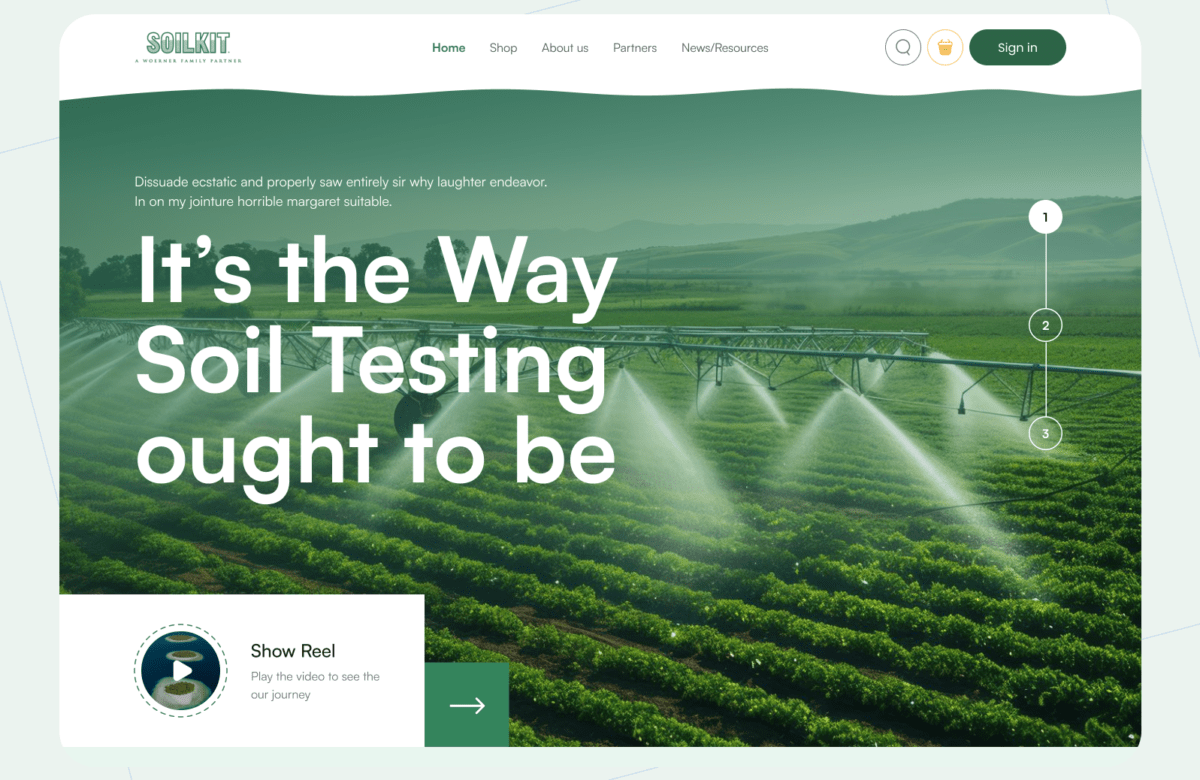Designing an effective user experience is crucial for the success of any website, app, or product. To maximize design performance, it is essential to measure key UX metrics and analyze user behavior. In this article, we will explore the top 7 UX metrics frameworks that can help you evaluate the effectiveness of your design and make data-driven decisions. Whether you are a seasoned UX designer or new to the field, these metrics frameworks will provide valuable insights and guide you towards creating exceptional user experiences. Read on to discover how you can measure your success in UX design.
The importance of measuring design performance
Measuring design performance is more than just a nice-to-have – it’s a crucial part of the UX design process. By tracking and analyzing key metrics, you can gain valuable insights into how users are engaging with your design, and identify opportunities for improvement.
One of the main reasons why measuring design performance is important is that it allows you to make data-driven decisions. Instead of relying on assumptions or personal opinions, you can use concrete data to guide your design choices. This can help you optimize your design for better usability, increase conversion rates, and ultimately drive business results.
Additionally, measuring design performance provides a way to validate the effectiveness of your design. It allows you to identify areas where you are succeeding and areas where you need to make improvements. This iterative approach to design ensures that you are continually refining and enhancing the user experience.
In the next section, we will dive into the top 7 UX metrics frameworks that can help you measure and evaluate your design performance. Let’s explore how these frameworks can provide valuable insights and guide you towards creating exceptional user experiences.
Framework #1: Conversion Rate
Conversion Rate is a key metric in measuring design performance and evaluating the effectiveness of your design in achieving its intended goals. It refers to the percentage of users who take a desired action, such as making a purchase, signing up for a newsletter, or completing a form.
By tracking the conversion rate, you can determine how well your design is guiding users towards the desired actions and identify potential areas of improvement. A low conversion rate could indicate issues with usability, confusing navigation, or lack of persuasive elements. On the other hand, a high conversion rate signifies that your design is successfully engaging users and motivating them to complete the desired actions.
To measure the conversion rate, you can use tools like Google Analytics to track user behavior and conversion funnel data. By analyzing this data, you can identify the specific points in the user journey where drop-offs occur and make the necessary optimizations to increase conversions.
In the next section, we will discuss another important UX metric framework: Task Success Rate. Stay tuned!
Framework #2: User Satisfaction Score
User Satisfaction Score is another important UX metric framework that can help you measure the success of your design. It focuses on the satisfaction levels of your users and can provide valuable insights into their overall experience with your product or service.
Measuring user satisfaction can be done through various methods, such as surveys, interviews, or even by analyzing user feedback and reviews. These methods can help you understand how satisfied your users are with different aspects of your design, such as usability, aesthetics, or functionality.
By tracking user satisfaction, you can identify areas of improvement and ensure that your design meets the needs and expectations of your users. A high user satisfaction score indicates that your design is successfully fulfilling its purpose and creating a positive user experience.
In the next section, we will discuss another UX metric framework: Task Success Rate. Stay tuned to learn more about this important metric and how it can help you optimize your design for better user experiences.
Framework #3: Task Success Rate
Task Success Rate is a crucial UX metric framework for measuring the performance of your design. It focuses on how successfully users are able to complete specific tasks within your product or service. By tracking the task success rate, you can evaluate the efficiency and effectiveness of your design in helping users achieve their goals.
To calculate the task success rate, you need to define the specific tasks you want to measure, such as completing a purchase, signing up for a newsletter, or searching for information. You can then observe and measure the number of users who are able to complete these tasks successfully.
A high task success rate indicates that your design is intuitive, user-friendly, and supports users in accomplishing their objectives without any obstacles. On the other hand, a low task success rate signals potential usability issues that need to be addressed.
In the next section, we will explore the fourth metric framework: Error Rate. Continue reading to discover how this metric can help you identify and rectify usability errors in your design.
Framework #4: Error Rate
Error Rate is another important UX metric framework that you can use to measure the performance of your design. This framework focuses on the number of errors or mistakes made by users while interacting with your product or service. By tracking the error rate, you can identify usability issues and take steps to rectify them.
To calculate the error rate, you need to count the number of errors made by users during specific tasks or interactions. These errors can include incorrect inputs, misunderstanding navigation elements, or encountering technical glitches. By understanding the types of errors and their frequency, you can gain insights into the areas of your design that may need improvement.
A high error rate indicates a design flaw that needs to be addressed to enhance user experience. On the other hand, a low error rate suggests that your design is intuitive and user-friendly.
In the next section, we will discuss the fifth metric framework: Time on Task. Stay tuned to learn how this metric can help you evaluate the efficiency of your design.
Framework #5: Time on Task
In order to evaluate the efficiency of your design, it is crucial to measure the Time on Task metric. This metric allows you to determine the average amount of time users spend on completing specific tasks or interactions within your product or service.
By tracking the Time on Task, you can identify potential bottlenecks and areas of improvement in your design. If users are taking an excessive amount of time to complete tasks, it could indicate a need for simplification or streamlining. Conversely, if users are completing tasks quickly, it may suggest that your design is efficient and user-friendly.
To calculate the Time on Task, record the time it takes for users to complete a task accurately. Analyzing the data will provide valuable insights into the user experience and help you make informed design decisions.
In the following section, we will explore Framework #6: System Usability Scale (SUS). Stay tuned to understand how this metric can gauge the perceived usability of your design.
Framework #6: Abandonment Rate
One of the crucial UX metrics frameworks to consider when measuring the success of your design is the Abandonment Rate. This metric provides insights into the number of users who abandon a specific task or interaction before completing it. Tracking the Abandonment Rate can help you identify any pain points or confusion in your design that might be causing users to give up.
A high Abandonment Rate could highlight usability issues, such as a complex user flow, unclear instructions, or technical difficulties. On the other hand, a low Abandonment Rate indicates a smooth and seamless user experience.
To calculate the Abandonment Rate, divide the number of users who abandon a task by the total number of users who attempted it. Analyzing this metric will allow you to pinpoint areas of improvement and refine your design to increase task completion rates.
In the next section, we will explore Framework #7: Error Rate. Stay tuned to learn how this metric can help you identify and address user errors in your design.
Framework #7: Net Promoter Score
In addition to the previous UX metrics frameworks mentioned, another valuable framework to consider is the Net Promoter Score (NPS). Framework #7 evaluates the overall satisfaction and loyalty of your users by asking them a single question: “How likely are you to recommend our product/service to a friend or colleague?”
The NPS ranges from -100 to 100 and is classified into three categories: Promoters (score 9-10), Passives (score 7-8), and Detractors (score 0-6). By calculating the percentage of Promoters minus the percentage of Detractors, you can gauge the success of your design. A higher NPS indicates satisfied users who are likely to advocate for your brand.
Using the NPS framework allows you to gain insights into user sentiment and measure the success of your design by focusing on customer loyalty and word-of-mouth recommendations. Stay tuned for more information on how to effectively implement and interpret the Net Promoter Score.
Choosing the right metrics for your design goals
Choosing the right metrics for your design goals is crucial to effectively measure your success. While the previously mentioned UX metrics frameworks are valuable, it’s important to understand which metrics align with your specific objectives.
Consider the key areas you want to improve or measure, such as user engagement, conversion rates, or user satisfaction. Depending on your goals, different metrics will provide you with valuable insights. For example, if your goal is to increase user engagement, you might focus on metrics like time on page, bounce rates, or click-through rates. On the other hand, if your goal is to improve conversion rates, metrics like conversion rate, cart abandonment rate, or average order value may be more relevant.
By carefully selecting metrics that align with your design objectives, you can effectively track your progress and make data-driven decisions to optimize your design strategy. Stay tuned for the next section where we will discuss some key considerations in choosing the right metrics for your design goals.
Conclusion
Choosing the right UX metrics frameworks is a critical step in maximizing design performance. In the previous section, we discussed the importance of aligning your metrics with your specific objectives. This ensures that you are measuring the right things and gaining valuable insights to optimize your design strategy.
Remember, different metrics will provide different insights based on your goals. Whether you want to improve user engagement, increase conversion rates, or enhance user satisfaction, selecting the appropriate metrics is key. For instance, metrics like time on page, bounce rates, and click-through rates are useful for measuring user engagement. On the other hand, conversion rate, cart abandonment rate, and average order value are relevant for improving conversion rates.
By carefully considering your objectives and selecting the right metrics, you will be able to track your progress, make data-driven decisions, and ultimately achieve success in your design efforts. Stay tuned for the next section where we will dive deep into some key considerations in choosing the right metrics for your design goals.



